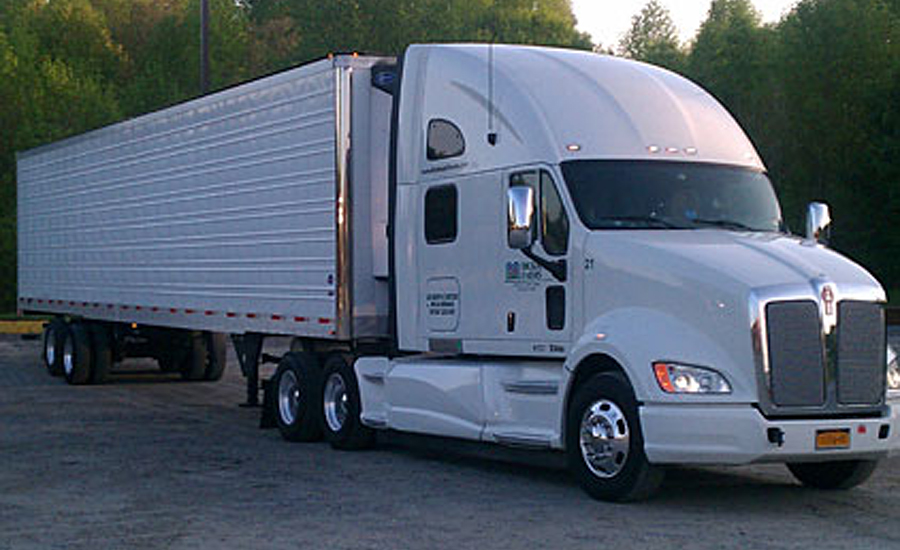Fleet Advantage, Ft. Lauderdale, Fla., released results of its latest industry survey, which takes an annual look at practices and insights from truck fleet operators and for-hire carriers.
This survey is a follow up to industry research conducted by Fleet Advantage in 2015. Among the largest takeaways, survey data shows more fleets acquiring new trucks by leasing and shortening their asset lifecycles before replacement, compared to the previous years’ data of an average of 7 years.
Significant increase in adoption of corresponding benefits
In 2015, 22% of fleets said they were operating their trucks on a 3- to 5-year lifecycle, with the majority being 5 years (14%). This number jumped to 48% this year with 12% on a 3-year lifecycle (0% in 2015), clearly demonstrating a movement to shorter lifecycle operations. As further evidence, the percentage of fleets operating trucks on a 6- to 8-year lifecycle fell from 44% down to 32%. Fuel economy gains were subsequently experienced. In 2015, 68% said they experienced a consistent increase in fuel economy with 2011-2015 model year trucks, whereas this number jumped to 84% for model years 2011-2016.
The key factor driving this shift comes from understanding economic vs. functional obsolescence and the costs associated with fuel, which has historically represented nearly 70% of the total cost to operate a truck. For example, fleets that operate on a 3-year lifecycle see a per-truck savings over 10 years of $17,040, compared with those operating on a 7-year lifecycle.
Leasing activity of new equipment on the rise
In addition to shorter lifecycles, leasing activity is on the rise. In 2015, 20% said they leased their trucks. This number more than doubled to 48% in 2016. Procurement of new trucks via leasing went from 36% in 2015 to 48% in 2016. With more fleets trading in their vehicles (up to 40% from 22%), it is clear the industry is opting for shorter-term leasing, which provides more flexible options when managing equipment and upgrading to new trucks every 3-5 years.
Decline in full-service leasing
The survey also showed fewer fleets opting for full-service leasing. Last year’s survey indicated 18% of respondents utilizing full-service leases, but that number dropped down to just 4% this year.
Miles driven/maintenance concerns are up
Per the survey, 24% said their fleets drive an average of 120,000 annual miles or more (68% said at least 80,000); this compares with 2015 numbers that showed 18% for 120,000 (50% for 80,000). As such, maintenance and repair costs are also a much greater concern. In 2016, 40% of participants listed maintenance and repair as the largest motivators for truck replacement next to improved fuel economy vs just 26% in 2015.
Understanding benefits
Despite all the industry chatter about GHG Phase 2 mandates, some operators are still unsure of what it will mean for them. When asked if they’re aware of the government’s mandate to increase fuel economy, 80% of participants said yes. Fleets are starting to understand the financial benefits, as 33% said the mandate will save a significant amount in fuel costs, however 45% said they are still unsure how it will benefit their fleet.
“Because of its proven impact on lowering fuel costs, as well as service and repair, it’s not surprising to see a large jump to short lifecycles combined with leasing for private fleet operators and for-hire carriers,” says Brian Holland, president and CFO. “Fleets that shift to a shorter-asset lifecycle quickly see these gains to their operational bottom line, and our business intelligence platforms are crucial in helping other fleet professionals see the value for their business. We believe the results of this survey validate the shift that has already taken place in the industry.”



